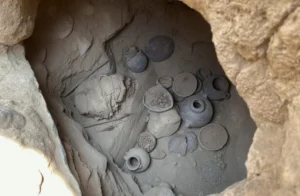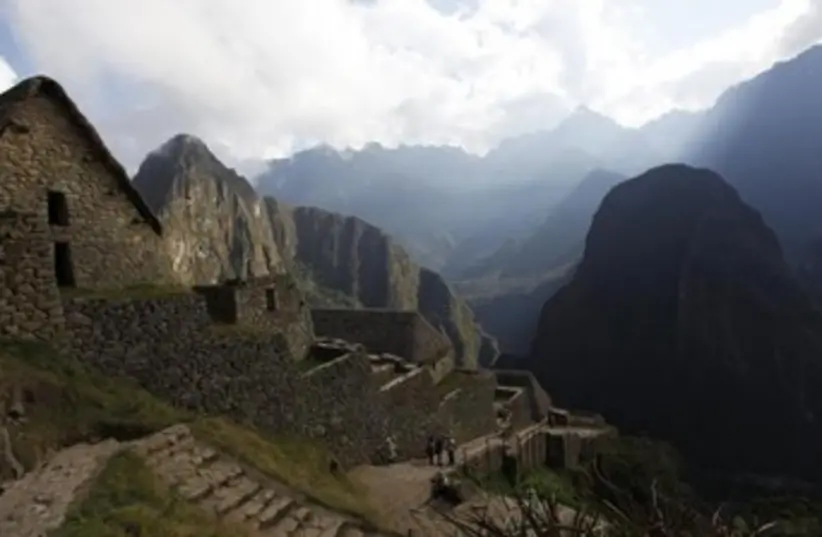Archaeologists examined the ancient hair and fingernails of children around age six to find the presence of intoxicating drugs, which were reportedly effective in calming them before sacrifice.

nca children who were selected to be ritually sacrificed were drugged so that they remained calm before their death, a new study of ancient hair and fingernail samples has confirmed.
The research details analysis of toxicological samples from two Incan children around age six who had been sacrificed on Peru’s Ampato volcano, a common practice in ancient Incan society to celebrate major events such as the birth of a royal, or a win in war. Called capacocha, the sacrifice was conducted by priests. It was also a means of controlling the population.
The study was performed by international teams of scientists from Poland, the US and Peru and published this month in the Journal of Archaeological Science.
Victims intoxicated with chemicals
Archaeologists looked for the presence of intoxicating drugs like cocaine in addition to numerous hallucinogenic chemicals like mescaline, tryptamine, harmaline and harmine, which have psychoactive properties.

They found that in the final days and weeks of the victims’ lives, they chewed on coca leaves and were intoxicated by ayahuasca, a beverage made primarily from the South American hallucinogenic flowering vine yage (Banisteriopsis caapi).
Researchers suspect the Incas may have consciously used the plant’s antidepressant properties to combat their victims’ anxiety and depression, noting that the children were most likely aware of what was happening. They added that the calming drugs appeared to have been effective.

